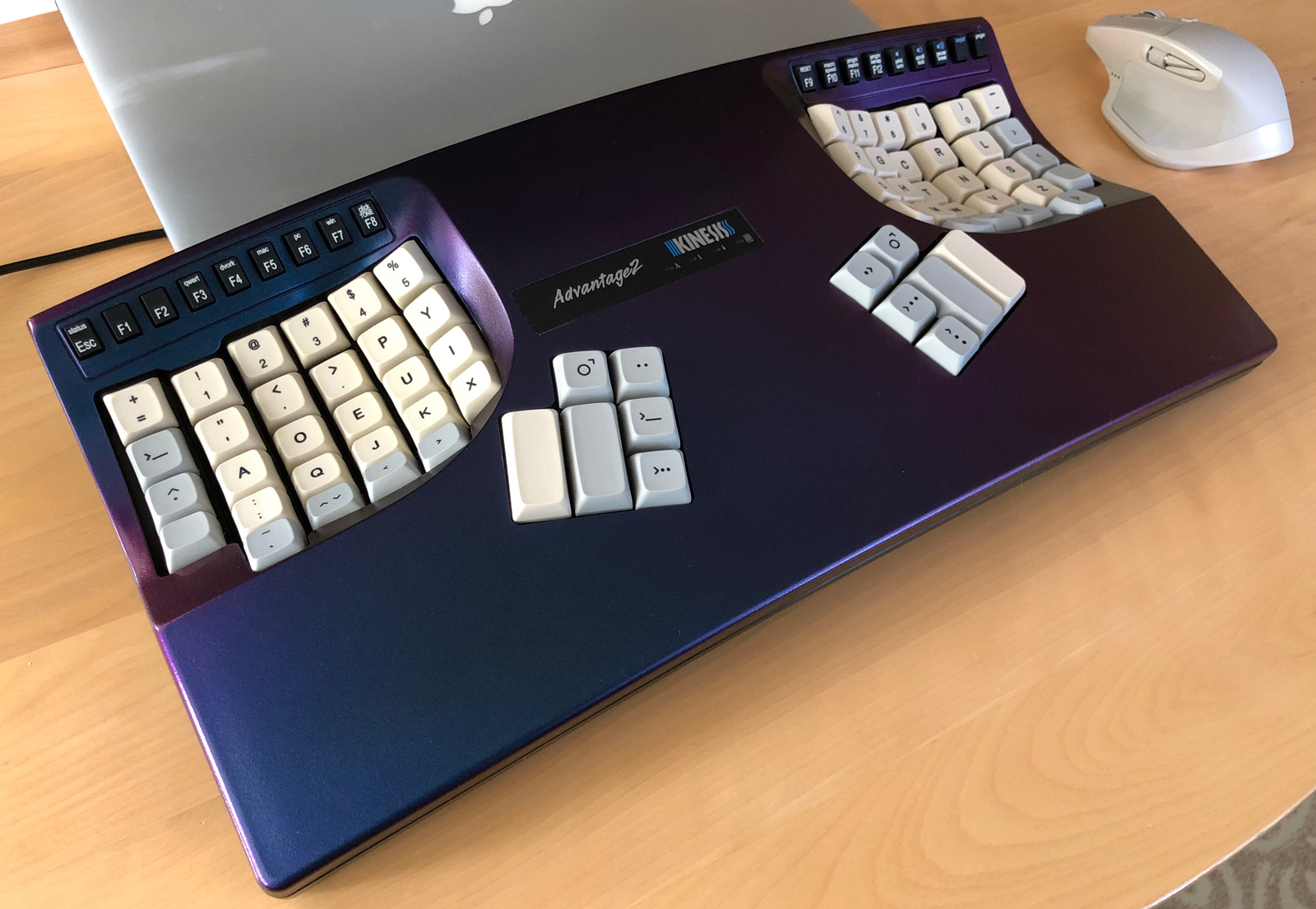
Operating System: Magic Cap pre-1.0.
Pros: Slim form factor, cool looks (perhaps the coolest).
Cons: Awful screen, custom battery, difficult left-handed operation.
History
Bamboo was a mystery to me: definitely before my time at General Magic, I remembered only seeing references to it in the Magic Cap 1.x source code. But when I asked around among other ex-Magicians, nobody else knew about it, either. When I told Mark ‘The Red’ Harlan I had discovered one, he said: “AWESOME. you know, i never was actually allowed to use/touch one of those.”
And so my journey of discovery began. Scott Knaster didn’t remember it. Andy Hertzfeld said, “Sorry, I don’t recall anything about a ‘Bamboo’ prototype.” Andy Rubin and Dean Yu both said it was a PIC-1000 prototype, but didn’t elaborate.
I knew the device was older than the PIC-1000 (Magic Link), but I didn’t believe it was a prototype in the usual sense. I’ve worked with a lot of prototypes and none were this polished, not by a long shot. Bamboo looked and felt done. It even had its own model number: HIX-300.
Finally, I got the scoop from Zarko Draganic:
At the time, there were 3 licensees making boxes: Sony, Motorola, Matsushita (Panasonic). Sony was always ahead of the game, and they were miles ahead of everybody when Bamboo was developed -- it was definitely targeted to be a real product.... When it became obvious that the Magic Cap software was going to slip at least another year, Sony aborted the Bamboo product even though it was in pre production -- the software was going to need at least twice as much ROM and more battery power, plus none of the power management / backup battery / persistent vs. transient memory management was worked out so the poor hardware designers at Sony were guessing in the dark. The processor was also too slow to run the monster software. It was actually quite sad that they had to cancel it because it was a fine device in so many ways. Sony followed with the Magic Link which had more memory, faster processor, new ASICs, new case design that was easier to hold and had dual shift keys, and better batteries.
So as I suspected, this wasn’t just a prototype of the PIC-1000, but rather it was meant to be the PIC-1000. Sony was in full product mode when they built this device, and it shows. The industrial design was slick, perhaps the coolest-looking of any Magic Cap device. The plastics looked and felt perfect, definitely production-quality. Had the software been ready, this would have been the first Magic Cap device on the market.
This Bamboo was kindly donated to the Magic Cap device gallery by Stefan Miganowicz.





Share this post
Twitter
Google+
Facebook
Reddit
LinkedIn
StumbleUpon
Pinterest
Email